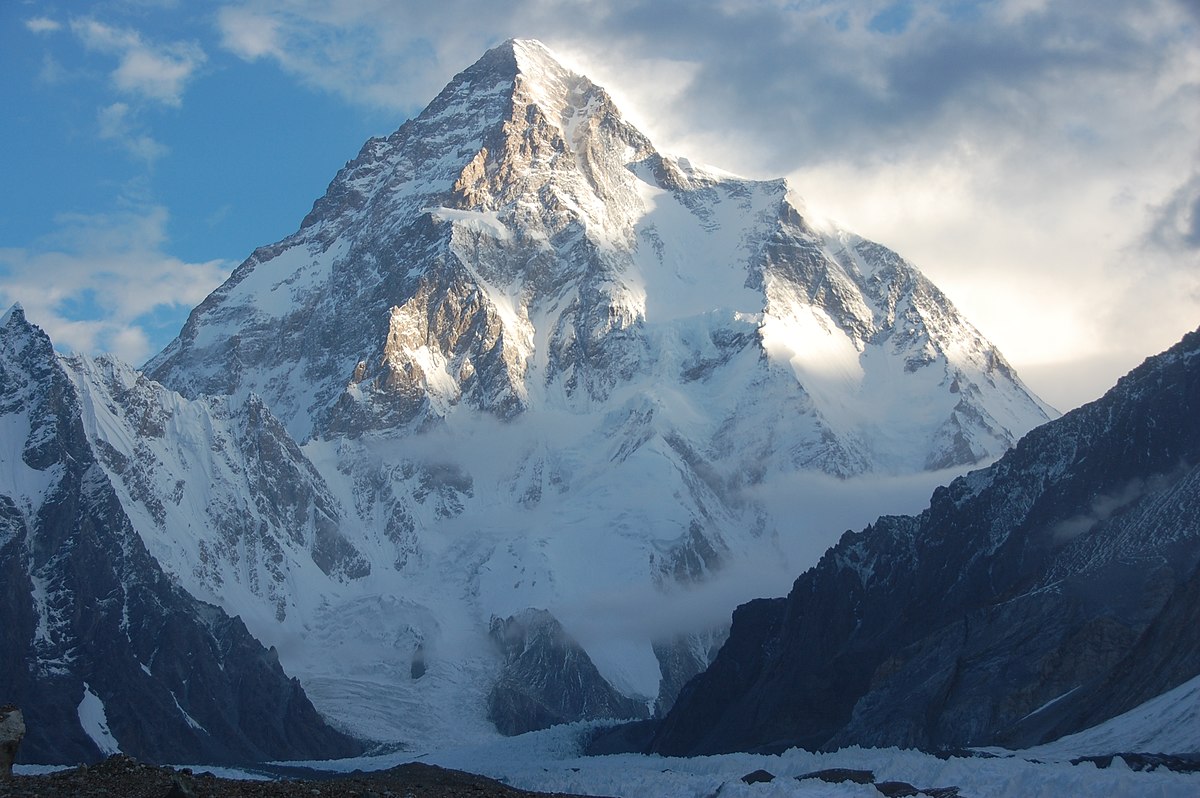14 Peaks
The world's 8000 meter peaks
The 8000-meter peaks represent some of the most formidable challenges in mountaineering.
Located primarily in the ranges of the Himalayas and the Karakoram, these 14 peaks are
spread across Nepal, Pakistan, Tibet, and China. Among them are the world-renowned Mount
Everest, the highest at 8,848 meters, and K2, often referred to as the "Savage Mountain"
due to its treacherous ascent. These mountains are not just known for their height but
also for the extreme dangers they pose. Climbers face severe challenges such as
unpredictable weather, avalanches, and the perilous "death zone," where oxygen levels are
critically low.


K2's Treacherous Reputation: K2, the second-highest peak in the world at 8,611 meters, is
often referred to as the "Savage Mountain." Despite being slightly shorter than Mount
Everest, K2 has a significantly higher fatality rate. For every four climbers who reach the
summit, one climber does not make it back, making it one of the most dangerous climbs in the
world.
Annapurna's Deadly History: Annapurna I, standing at 8,091 meters, has the highest fatality
rate of all the 8000-meter peaks. Historically, about 32% of climbers attempting to reach
the summit have perished. This high fatality rate is due to the mountain's frequent
avalanches and treacherous weather conditions.
First Winter Ascents: The first successful winter ascent of Mount Everest, the tallest of
the 8000-meter peaks, was made on February 17, 1980, by Polish climbers Krzysztof Wielicki
and Leszek Cichy. Climbing any 8000-meter peak in winter is considered one of the most
extreme challenges in mountaineering due to the freezing temperatures, high winds, and
shorter days.
